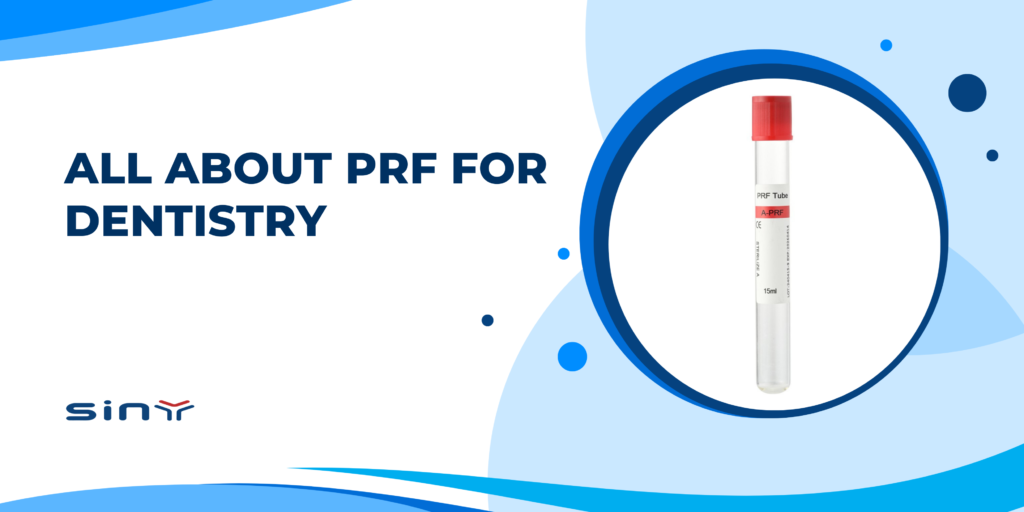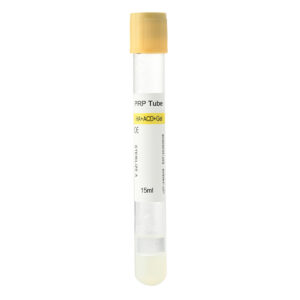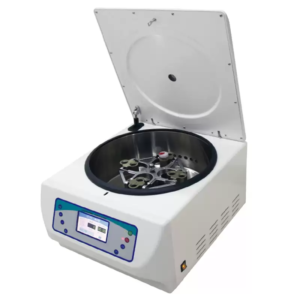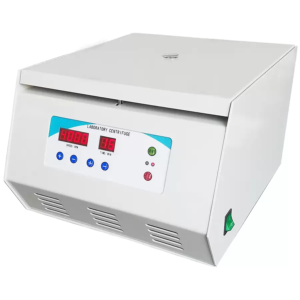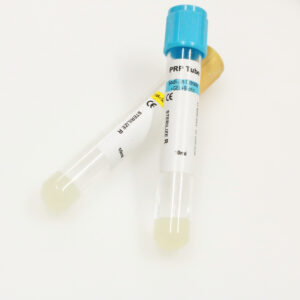All About PRF for Dentistry. In the pursuit of more efficient, minimally invasive, and comfortable dental treatments, modern dentistry is continuously embracing cutting-edge biotechnology. Among these advancements, an autologous regenerative technique known as PRF (Platelet-Rich Fibrin) is bringing revolutionary changes to numerous dental fields, such as dental implants and post-extraction recovery, with its exceptional ability to promote healing. In Siny PRP, we will assist you in better understanding the existence of PRF, so that you can receive good assistance in your subsequent treatments.
What Exactly is PRF? How Does It Differ from Conventional PRP?
Simply put, PRF is a natural “healing concentrate” derived from your own blood. The core of the process involves concentrating the key components responsible for tissue repair and regeneration—platelets, white blood cells, and various growth factors—into a nutrient-rich biological scaffold using advanced technology.
The procedure is remarkably convenient: Before your treatment, the dentist will draw a small amount of blood from a vein in your arm, just like a routine blood test. This blood sample is then immediately placed into a specialized centrifuge. Under precise centrifugal force, the different components of the blood separate into layers, allowing us to isolate the golden, gel-like PRF.
People often confuse PRF with PRP (Platelet-Rich Plasma). In reality, PRF can be considered a second-generation platelet concentrate technology, an upgrade to PRP. The most fundamental difference lies in the preparation process: PRF is 100% natural, with no anticoagulants or chemical activators added. This allows it to form a stable, three-dimensional fibrin matrix that acts like a “sponge,” releasing growth factors slowly and sustainably. Its action is longer-lasting and more closely mimics the body’s natural healing mechanisms.
The Versatile Applications of PRF in Dental Treatment
Once prepared, the dentist can shape the PRF into a membrane, a plug, or other forms according to the surgical need and apply it precisely to the treatment area. It functions like a “biological dressing” that can be fully absorbed by the body, playing a crucial role in several key areas:
- Dental Implant Surgery: Using PRF during implant placement significantly promotes “osseointegration” (the fusion of bone with the implant) while optimizing the health and shape of the gum tissue, laying a solid foundation for the long-term success of the implant.
- Extraction Socket Healing: Especially after wisdom tooth removal, placing a PRF plug in the socket not only effectively reduces post-operative pain and swelling but also drastically lowers the incidence of “dry socket” (a common complication), accelerating wound healing.
- Guided Bone Regeneration (GBR): When a patient has insufficient bone volume and requires a bone graft, mixing PRF with the grafting material creates “sticky bone.” This not only simplifies the surgical handling, but the growth factors released by the PRF also effectively promote rapid new bone formation.
- Periodontal Tissue Regeneration: For issues like gum recession and bone defects caused by periodontitis. PRF can serve as a bioactive scaffold to guide the repair and regeneration of periodontal hard and soft tissues.
- Sinus Lift Procedure: In this complex bone grafting surgery, surgeons can use a PRF membrane to protect the delicate sinus membrane, reduce the risk of perforation. And provide an ideal biological environment for the graft’s success.
Core Benefits for Patients Choosing PRF
For you, as a patient considering oral surgery, PRF technology means a higher quality and more comfortable treatment experience:
- A Healing “Accelerator”: High concentrations of growth factors act directly on the wound. Activating the body’s repair mechanisms and significantly shortening the healing period.
- Enhanced Comfort: By mitigating the inflammatory response, PRF effectively alleviates post-operative pain and swelling.
- A Natural Anti-Infection Barrier: The abundance of white blood cells (neutrophils and macrophages) in PRF is the body’s immune cells. They actively work at the surgical site to reduce the risk of post-operative infection.
- Ultimate Biological Safety: Because the patient’s own body (autologous) entirely provides PRF. It eliminates any risk of rejection, allergic reactions, or disease transmission, making it one of the safest biomaterials available today.
- Cost-Effective: Compared to expensive commercial biological membranes or synthetic growth factors. The PRF preparation process is simple and fast, allowing patients to benefit from cutting-edge regenerative medicine at a more reasonable cost.
FAQs
Q1: Is the PRF extraction process painful?
A: Not at all. The blood draw required for PRF is identical to a routine blood test at a hospital. You will only feel a brief, slight sensation as the needle enters the skin. The entire process is quick and safe.
Q2: How much blood is needed? Will it affect my health?
A: A very small amount of blood is required, typically between 10 and 60 ml, depending on the scope of the surgery. This is far less than the amount for a blood donation (which usually starts at 200 ml) and will have no impact on your overall health.
Q3: Am I a suitable candidate for PRF?
A: The vast majority of patients undergoing oral surgery are suitable for PRF. However, if you have certain blood disorders or are taking medications that affect blood clotting. You must inform your dentist beforehand of a professional evaluation.
Q4: How long does it take to prepare PRF?
A: It’s very fast. From the blood draw to the completion of centrifugation and preparation of the usable PRF. The entire process takes only about 10-15 minutes and will not delay your surgery.
Summary
Platelet-Rich Fibrin (PRF) technology provides a safer, more effective, and more comfortable solution for dental treatments by ingeniously harnessing the body’s powerful, innate healing capabilities. It is no longer a distant future technology but a mature and reliable tool used in daily dental clinical practice. If you are about to undergo oral surgery, consider discussing the possibility of using PRF with your dentist. Let this advanced technology, derived from you, for you, help you achieve an easier recovery and a renewed, healthy smile.
Learn more about PRF with Siny
If you are about to undergo dental treatment and would like to know more about how PRF can help you recover. We are more than happy to answer your questions. Please contact us or visit our website.

